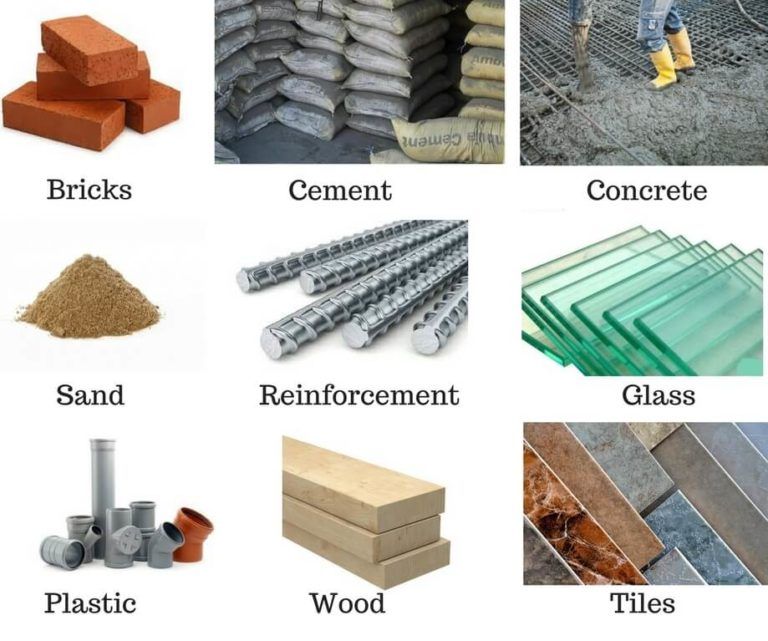Benefits of Using Sustainable Construction Materials
When it comes to constructing buildings and infrastructure, the choice of materials plays a crucial role in determining the overall sustainability of the project. Using renewable construction materials not only helps reduce the environmental impact but also offers numerous benefits for both the construction industry and the end-users.
1. Environmental Impact
Utilizing renewable construction materials helps minimize the depletion of natural resources. Materials like bamboo, reclaimed wood, and recycled concrete are sustainable alternatives that reduce the reliance on virgin materials. By using these materials, we can lower carbon emissions and minimize waste generation, contributing to a greener future.
2. Energy Efficiency
Renewable construction materials often have excellent thermal insulation properties, contributing to energy efficiency in buildings. Materials such as straw bales, hempcrete, and rammed earth provide natural insulation and reduce the need for excessive heating or cooling, resulting in lower energy consumption and cost savings for the occupants.
3. Durability and Longevity
Many renewable construction materials are known for their durability and longevity. For example, bamboo is stronger than steel and has a rapid growth rate, making it a sustainable alternative for various structural applications. Additionally, materials like compressed earth blocks and cross-laminated timber offer excellent resistance to fire, pests, and decay.
4. Health and Well-being
Using renewable materials in construction can enhance indoor air quality and contribute to the occupants’ health and well-being. Unlike conventional materials that may contain harmful chemicals, sustainable alternatives like natural clay plasters and low-VOC paints emit fewer toxic substances, creating a healthier living environment.
Challenges and Future Outlook
While renewable construction materials offer numerous benefits, their widespread adoption still faces some challenges. Limited availability, higher initial costs, and lack of awareness and acceptance are some of the barriers that need to be addressed. However, with increasing emphasis on sustainability and advancements in material technology, the future looks promising.
In conclusion, the use of renewable construction materials is an essential step towards creating a more sustainable and eco-friendly built environment. By considering the environmental impact, energy efficiency, durability, and health benefits, we can pave the way for a greener future in the construction industry.
